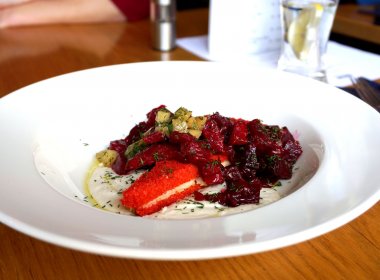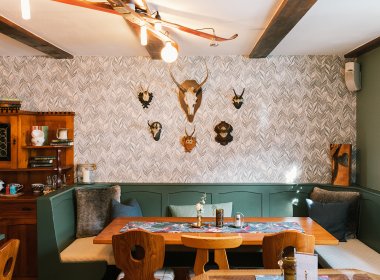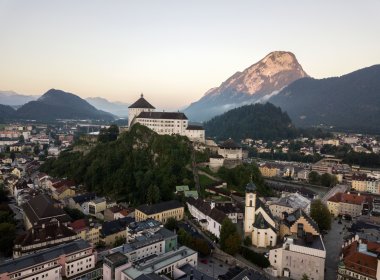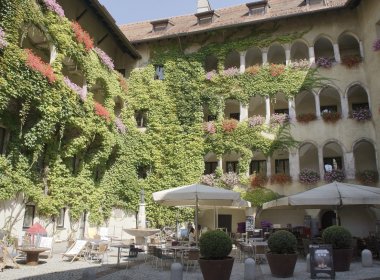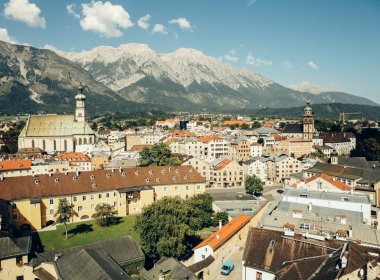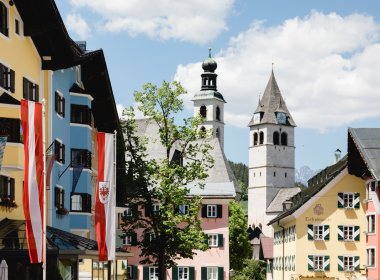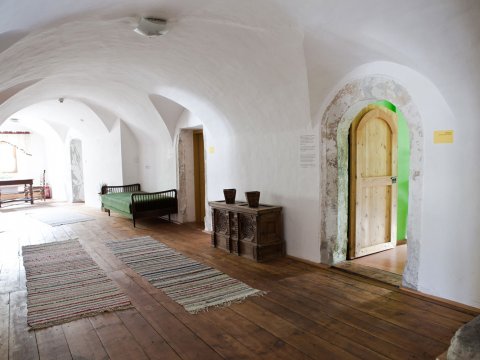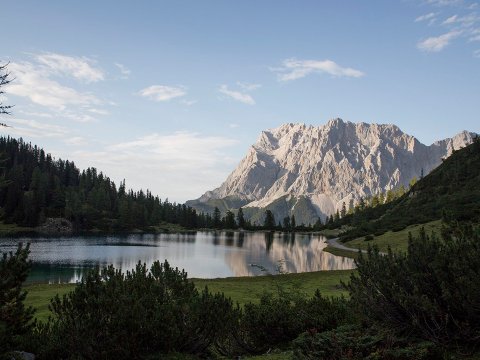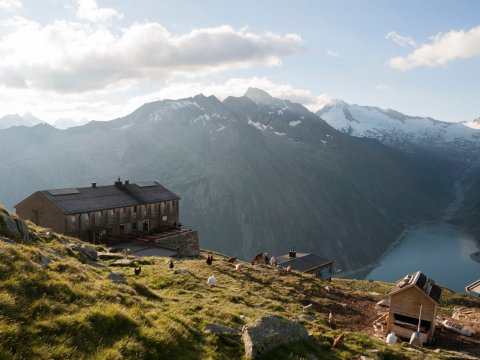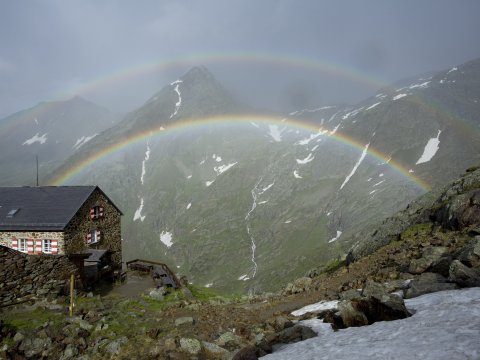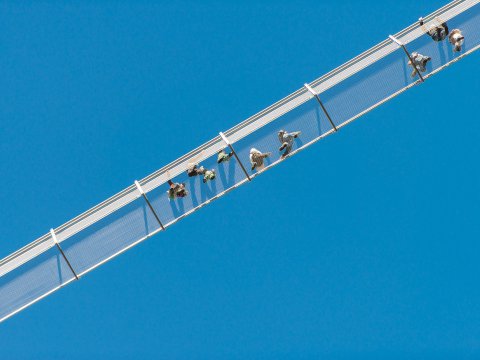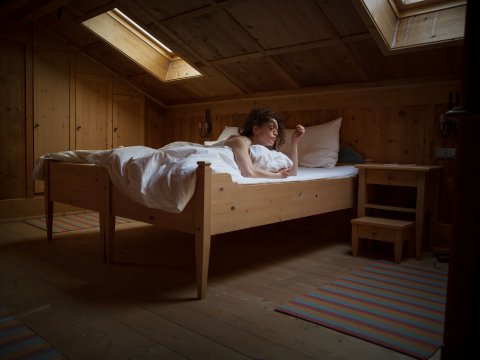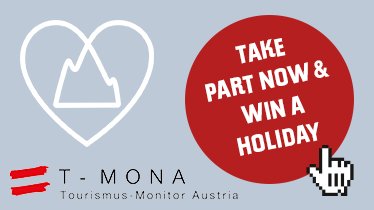A Town Steeped in History: A Day in Rattenberg
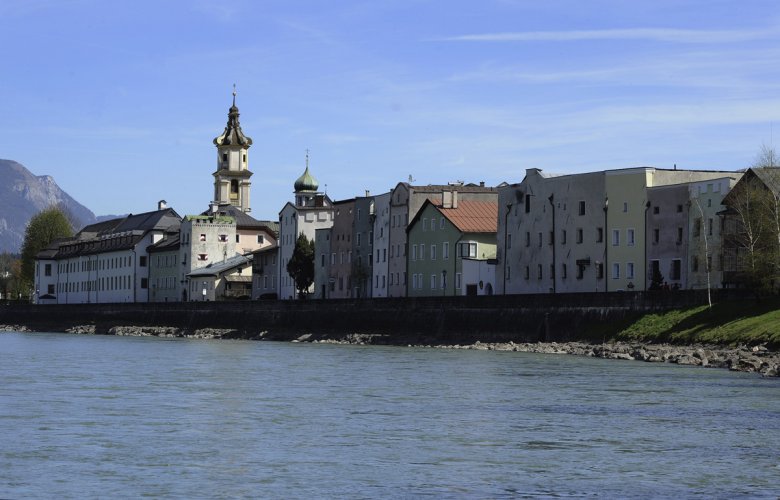
Up to now, I’ve been thinking that a town is a human settlement larger than my home village. However, things are different here. The small town of Rattenberg with its mere 440 residents (in words: four hundred and forty) is small not only in terms of the population, Rattenberg is also the smallest community of Tirol in terms of land with a surface area of roughly 10 hectares. However, don’t be fooled by these numbers: Something magical happens, however, once you step onto the quaint, historic cobbled streets and alleyways of this walled town. With the earliest appearance in historic documents dating back to 1254 AD, Rattenberg has an extensive and fascinating history. The town, characterized by its mediaeval ambience, extends at the foot of a castle hill and was an important junction, frontier post and trading center by the Inn River. With its well-preserved architecture and revitalized townhouses, Rattenberg invites you to step back in time and relive its remarkable history.
At the Arts and Crafts Museum: Nagelschmied Homes
As I arrive early in the morning, the sun is up behind the mountains, but the pedestrianized downtown center of Rattenberg still lies in shadow. I am waiting for the sun to shine and decide to visit the amazing 12th century Nagelschmied Homes first. Located at the foot of the castle, they are built right into the mountain at the western town gate to Rattenberg. Stepping through these doors is like stepping back in time. Nagelschmied means nail smith in English and actually smiths were producing about 2,000 nails a day here. The traditional production did last several centuries until 1912. Nowadays, the historic building houses an Arts and Crafts Museum where ancient furnishings, handicrafts and art are on display. Exhibits and local artefacts, such as nativity scenes, timber panelled parlours, bedrooms and paintings show how people lived in former times and interpret the town’s history.
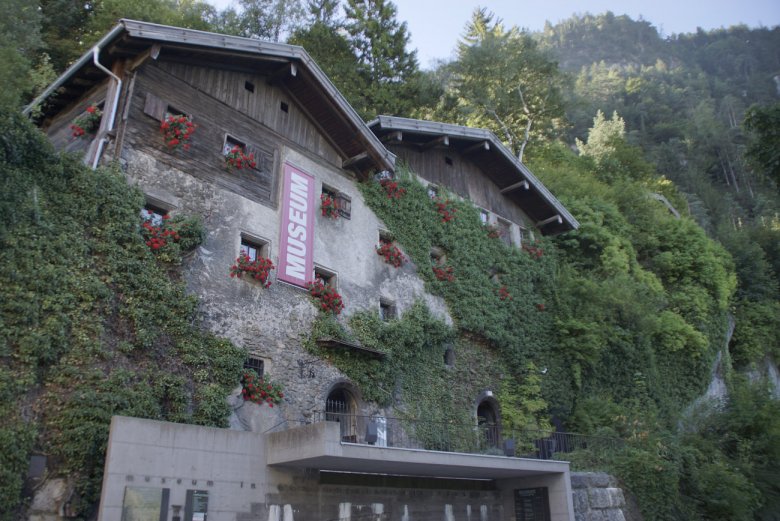
A Serious Glass-Making Center
With the first rays of the morning sun, I continue my stroll across the medieval, pedestrianized center of Rattenberg, which is a serious glass-making center. A walk down the street brings this to life with shop after shop displaying high quality crystal and glass products. I visit Kisslinger Kristallglas, the most famous glassblowing shop in town. The shop displays a huge selection of their wonderful creations on three floors, from crystal chalices to delicate glasses, from glass jewellery to glass plates. Operated by a family of glass artists with decades of experience, they continue the tradition of performing live glassblowing demonstrations for the enjoyment and education of their visitors. “It’s truly fascinating to see what they make of glass,” marvels a visitor right next to me. Yes, that’s definitely true!

Only two houses further, in the second shop run by Kisslinger Kristallglas, I watch an engraver do her creative work. She engraves words in glass. “Above all, glass items with names are popular. One letter costs 10 Cent and makes a truly individualized gift,” she tells me.

Take a Break: A Cake for Breakfast at Café Hacker
After all that crafts and glass arts, I take a coffee and pastry break at Café Hacker, which is known far and wide for its cakes and pastries. It’s a little gem that offers quality and always fresh homemade treats. After all, they have been doing that for 200 years! The damson cake I tried is among the best and the cappuccino is superb.

It’s a convivial place which encourages lingering. Owner Reinhard Hacker walks past my table, asking me “Have you climbed up to the castle? To the new Egon Schiele Lookout?” Well, I definitely will do so.
Unique: The Malerwinkel Building
On my way up to the ruins atop Rattenberg’s Castle Hill, I walk past Malerwinkel, an outstanding “multi-purpose building” that was even used as a gym until 1960. Today, Malerwinkel is a top-notch event center with a unique fine dining restaurant in Gothic vaults. The blend of historic and contemporary architecture makes for a wonderful place mindful of its medieval roots.
An elevator made of glass whisks me on top to the amazing terrace of Malerwinkel Restaurant, high above the roofs of town. And those jaw-dropping views!
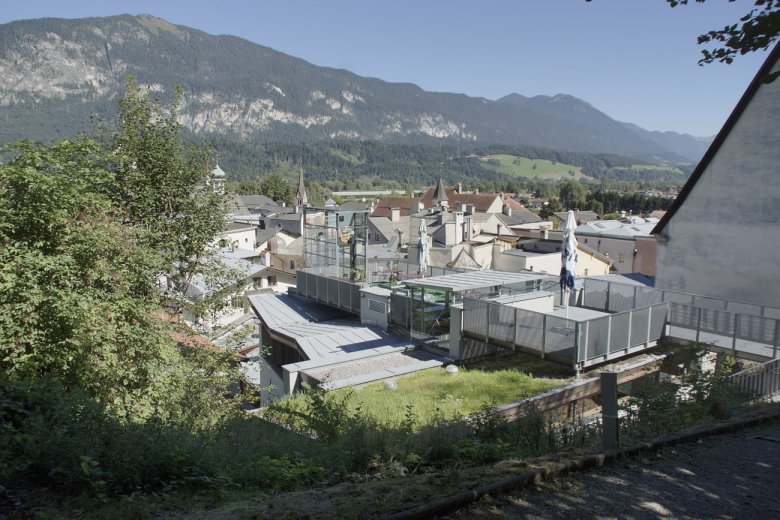
A Living Piece of History: Climbing Up to the Castle Ruins
From the rooftop terrace, I reach the castle that sits high on a hill above the town after just a few steps. It is just a ruin nowadays but gives a perfect background-scenery for the annual performances of the „Schlossbergspiele“, literally the ‘Castle Mountain Plays’. There is an open air stage and wood bench seating where theater performances have been staged in the summer months since 1951 with the remains of the castle as a backdrop. I have to go there and watch a performance next summer!
Spell-binding views of the town are waiting to be experienced from the sharp hilltop upon which the castle in ruins sits—and if you look at the roofs and the streets in between them, you get a good feel of how small Rattenberg actually is. Since it was located by the Inn River, it made a good spot to secure the trade that followed the course of the river and made more money on taxation. Eventually, the citadel became an important seat of administration. It was the place where tolls and taxes had to be paid. Rattenberg and the castle were part of Bavaria during the Middle Ages and became part of the Habsburg′s empire only in 1504 under the rule of Emperor Maximilian I who had the original town citadel expanded to a formidable fortress. The castle above the walled city was abandoned over the centuries and is now a ruin.

Wandering around the castle hill, I discover the lookout they told me to visit at Café Hacker: Austrian painter Egon Schiele, a major figurative painter of the early 20th century, painted the town from above some 100 years ago. The painting was printed on glass and is installed in the same place where Egon Schiele sat with his easel to paint the view from above the rooftops of Rattenberg. Most astonishing is that the place seems to have changed little in hundred years!

Rattenberg from Above: The Augustine Museum
Housed in the venerable rooms of the former Augustine Monastery and later Servite Convent, the noteworthy Augustine Museum houses a vast collection of Gothic sculptures, goldsmith’s and silversmith’s works, Baroque art and sacred Tirolean folk art from nine centuries. The museum, which opened its doors to the public in 1993, brings together the rich heritage with rediscovered and restored artworks and treasures that have been stored on church attics for years. Something special is that you can walk up the steeple, which is the only one in all of Tirol. When you climb the narrow wooden stairs up to the top of the church tower, you will pass centuries-old bells. And the view on the town from the top is breathtaking!
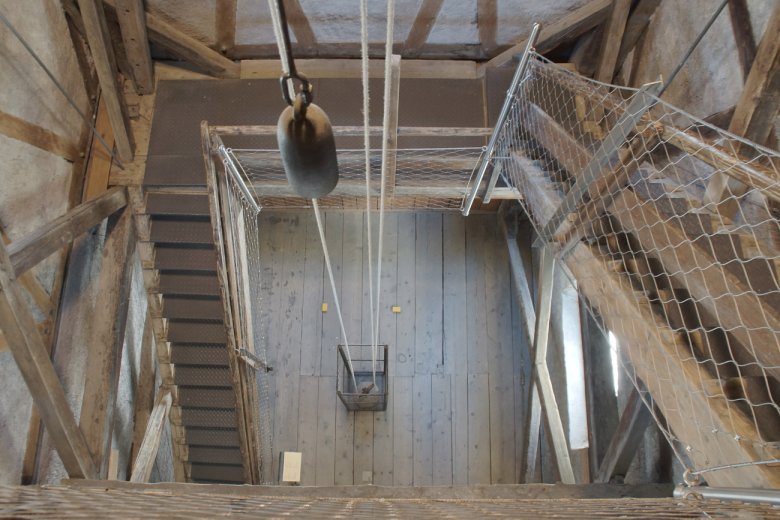
See you there!
Before leaving, I wander around the streets once again: Strolling along the town center, basically one street with a row of houses between mountain and river, is comfortable because it is a pedestrianized street. Virtually there are only seven real streets here in Rattenberg. The medieval town has a magnificent history rich in culture, remains vibrant and alive, and oozes a genteel Italian village charm; it beckons and beguiles. As far as Rattenberg is concerned, it’s definitely true that good things come in small packages!











